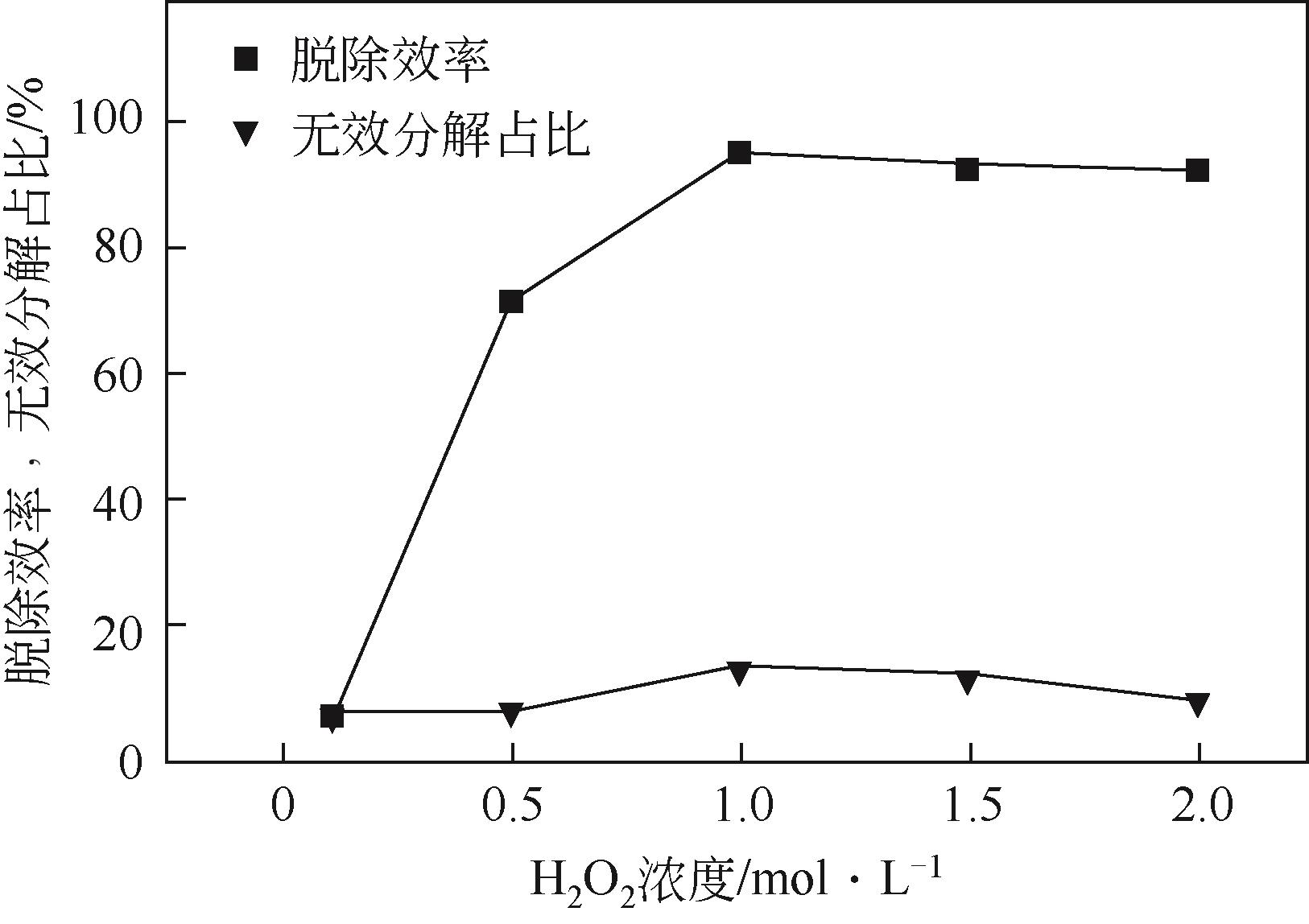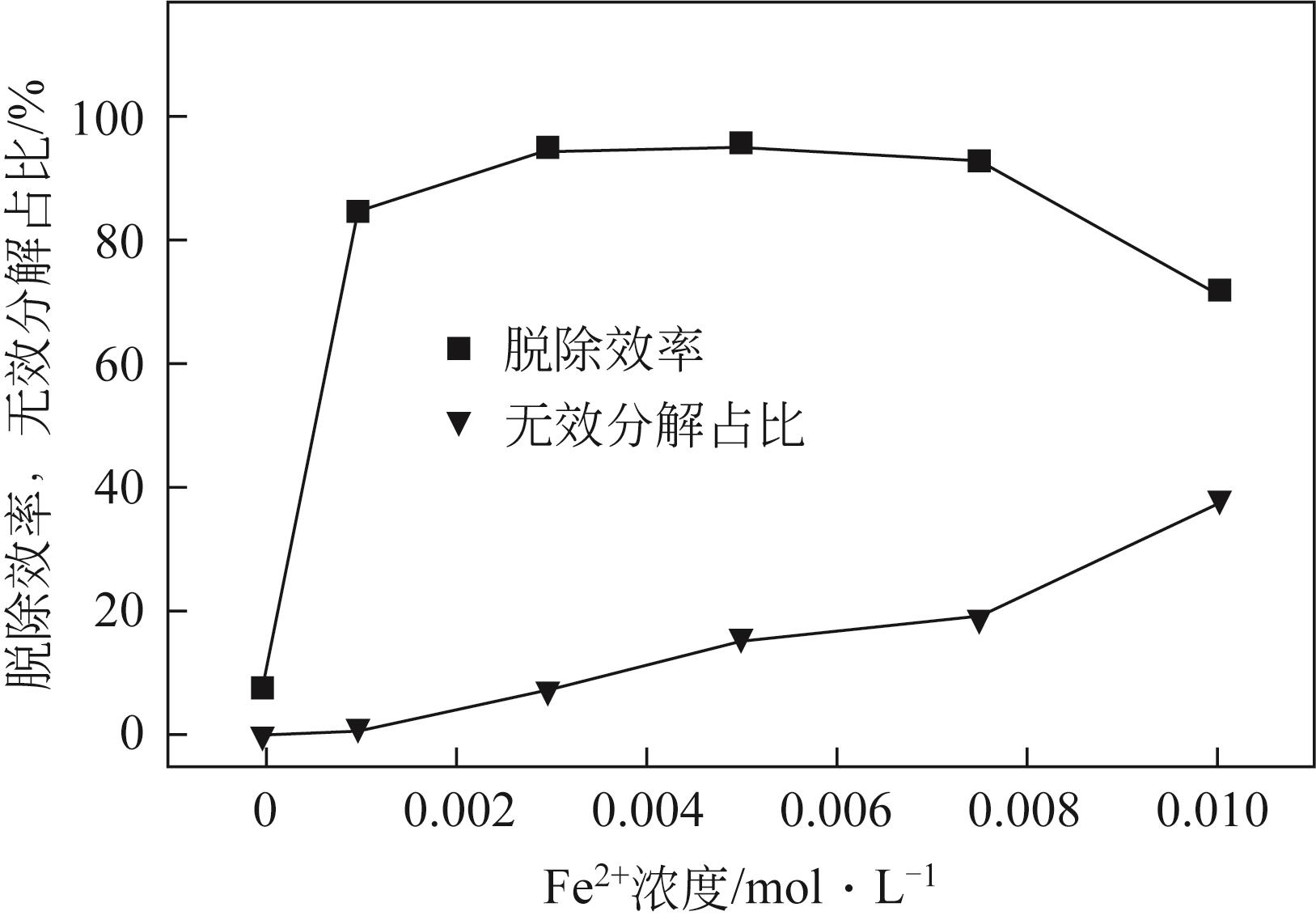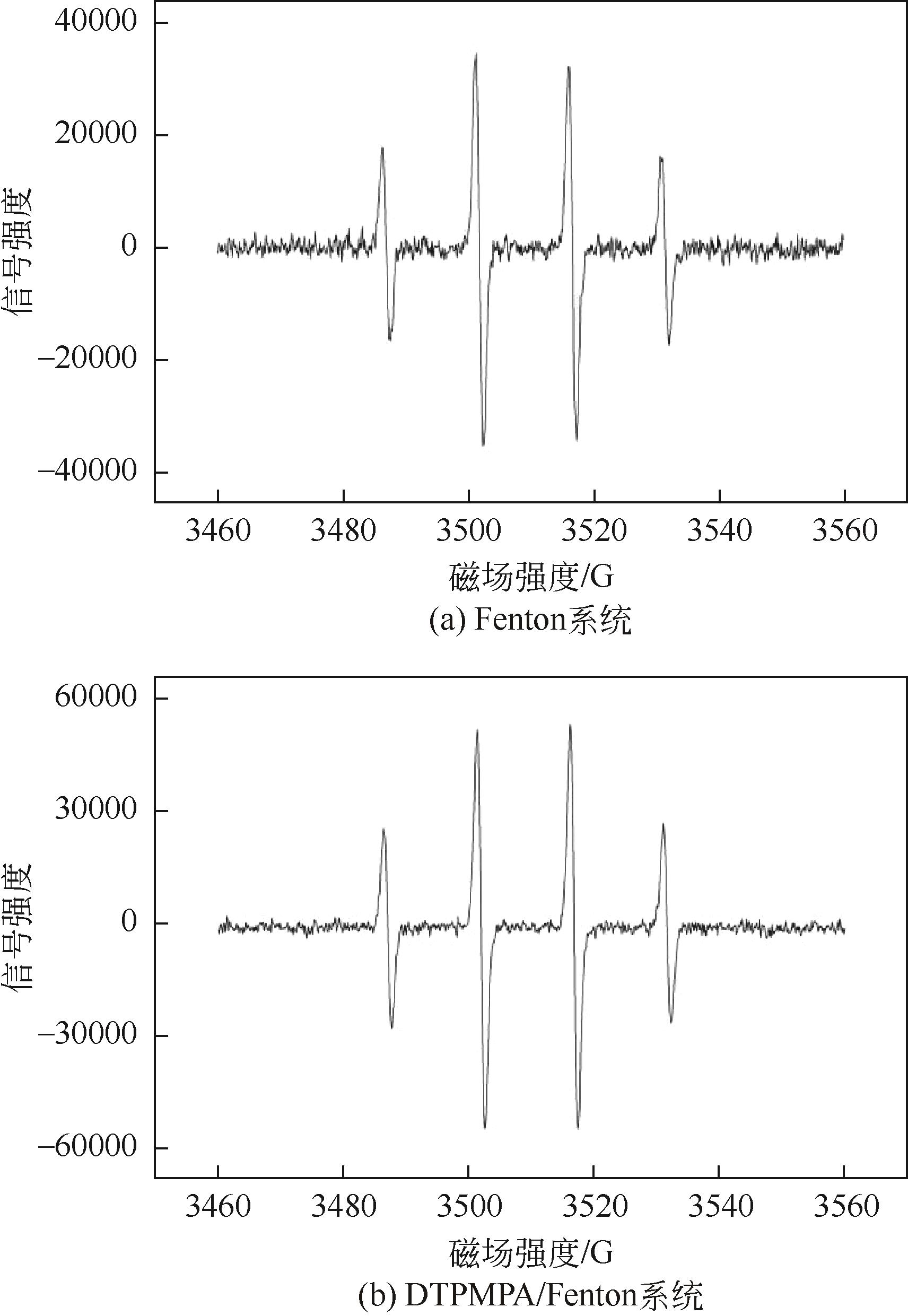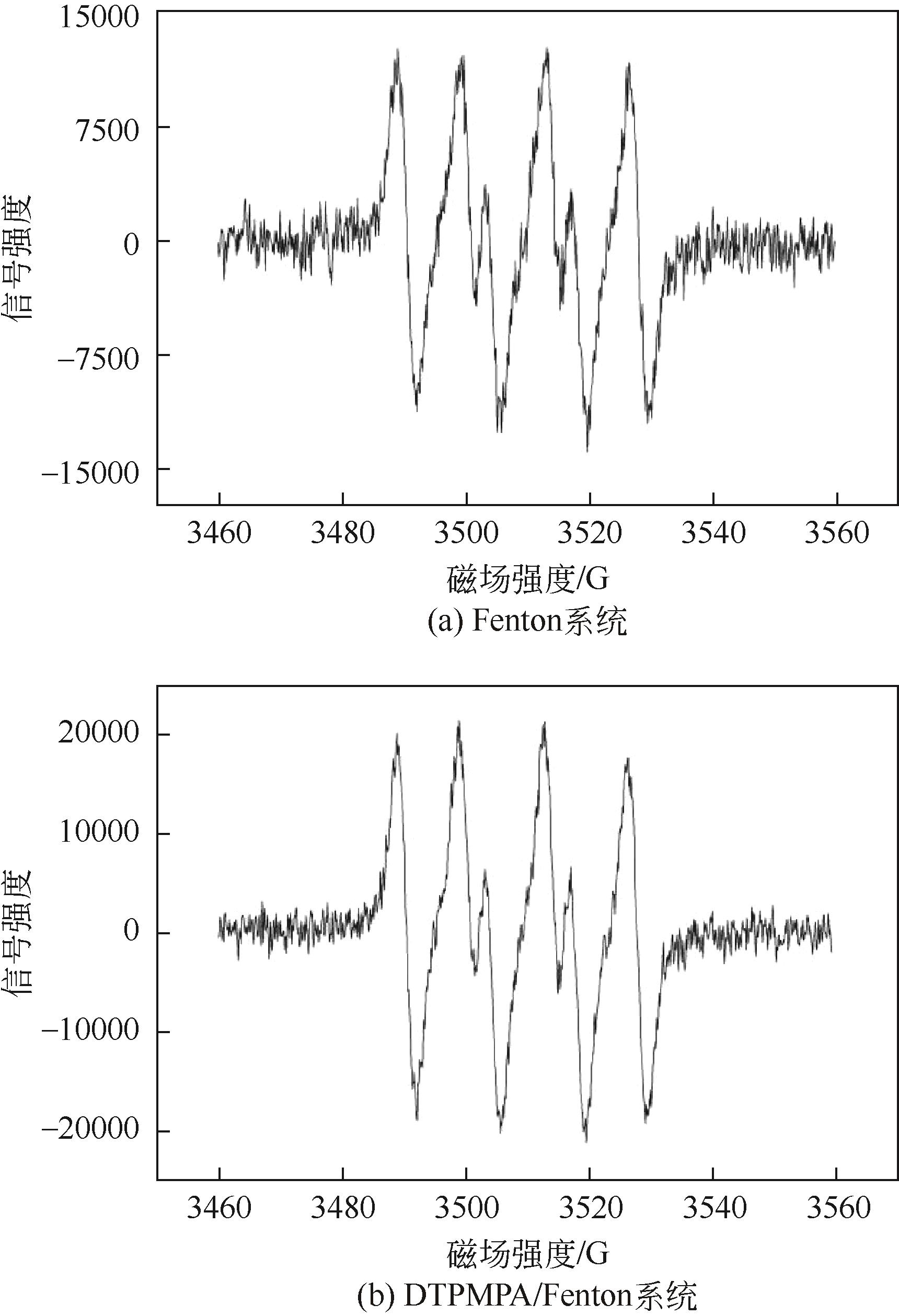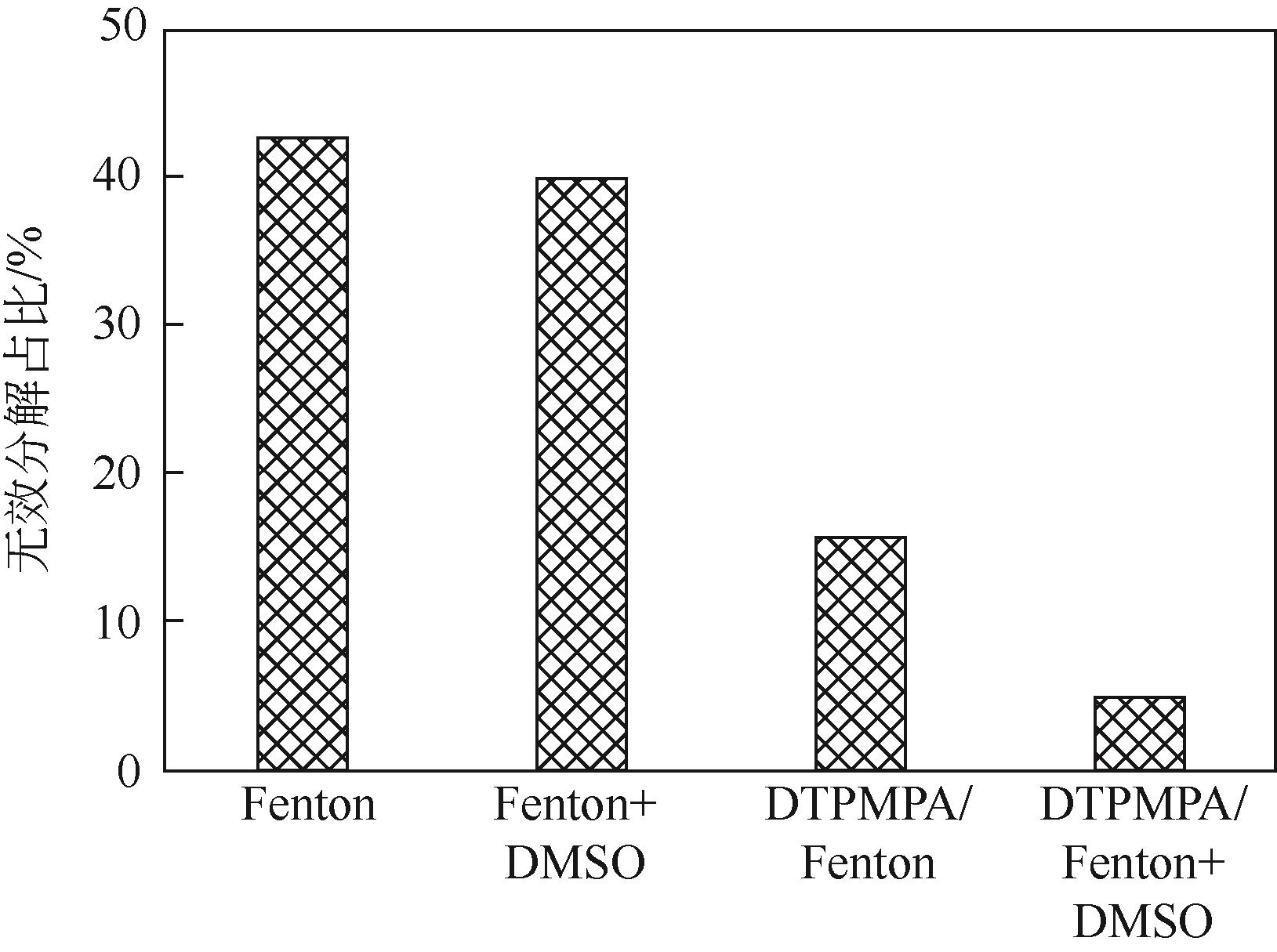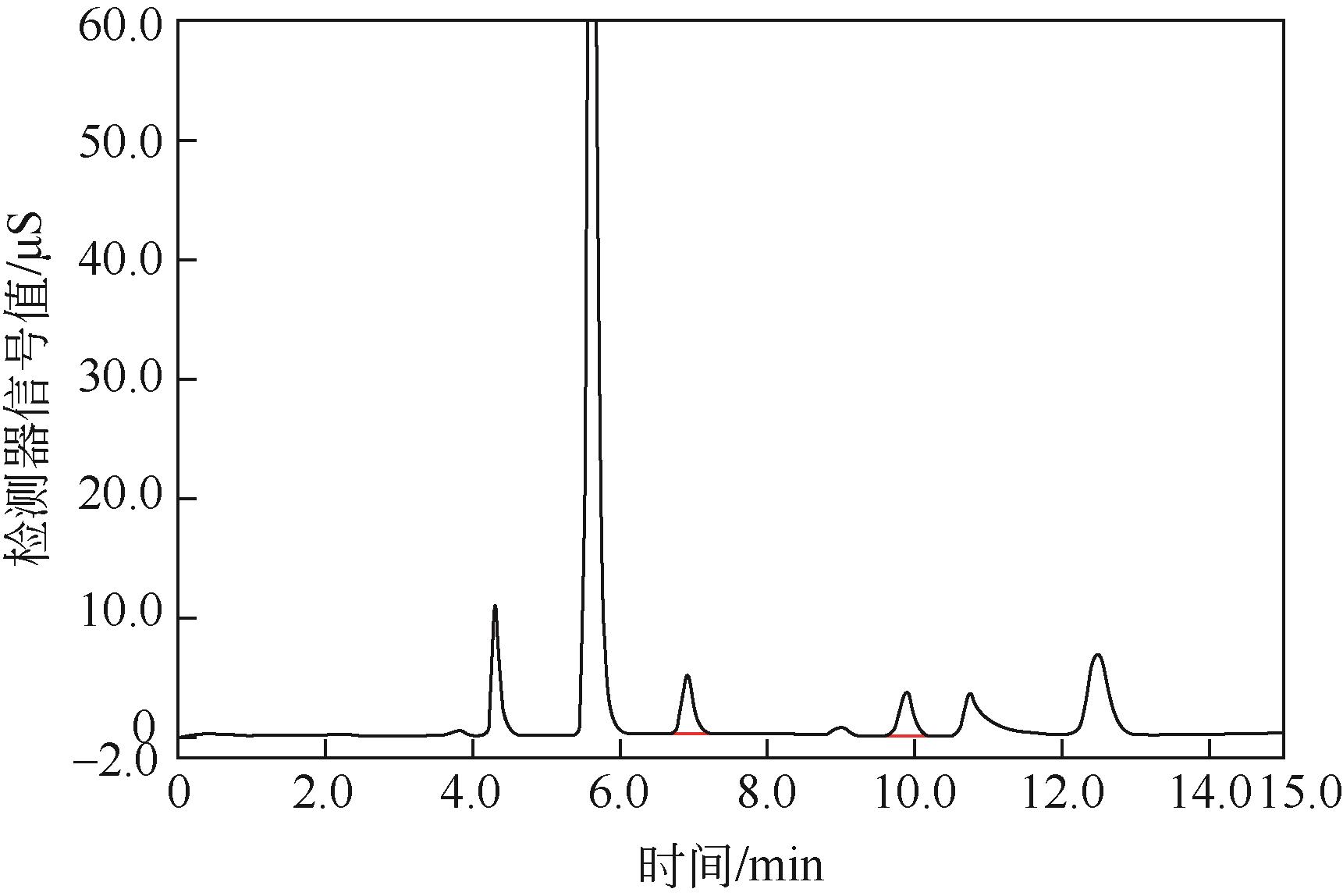| 1 |
刘福玉. 新能源电力系统中需求侧响应的关键性问题探讨[J]. 电子测试, 2017(9): 107-108.
|
|
LIU Fuyu. Discussion on key issues of demand side response in new energy power system[J]. Electronic Test, 2017(9): 107-108.
|
| 2 |
张晓波, 郭瑞堂, 潘卫国, 等. NaClO2/氨水溶液同时脱除SO2和NO的热力学研究[J]. 电力科技与环保, 2010, 26(4): 15-17.
|
|
ZHANG Xiaobo, GUO Ruitang, PAN Weiguo, et al. Thermodynamic study of NaClO2/ammonia solution simultaneous removal of SO2 and NO[J]. Electric Power Technology and Environmental Protection, 2010, 26(4): 15-17.
|
| 3 |
WANG Han, YUAN Bo, HAO Runlong, et al. A critical review on the method of simultaneous removal of multi-air-pollutant in flue gas[J]. Chemical Engineering Journal, 2019, 378: 122155.
|
| 4 |
LIU Yangxian, PAN Jianfeng, DU Min, et al. Advanced oxidative removal of nitric oxide from flue gas by homogeneous photo-Fenton in a photochemical reactor[J]. Chemical Engineering & Technology, 2013, 36(5): 781-787.
|
| 5 |
DING Jie, ZHONG Qin, ZHANG Shule, et al. Simultaneous removal of NO x and SO2 from coal-fired flue gas by catalytic oxidation-removal process with H2O2 [J]. Chemical Engineering Journal, 2014, 243: 176-182.
|
| 6 |
ZHAO Yi, HAO Runlong, GUO Qing, et al. Simultaneous removal of SO2 and NO by a vaporized enhanced-Fenton reagent[J]. Fuel Processing Technology, 2015, 137: 8-15.
|
| 7 |
YUAN Peng, EGEDY Attila, Norbert MISKOlCZI, et al. Oxidation removal of NO by in situ Fenton system: Factors and optimization[J]. Fuel, 2018, 233: 519-528.
|
| 8 |
LIU Xuan, WANG Changan, ZHU Tao, et al. Simultaneous removal of NO x and SO2 from coal-fired flue gas based on the catalytic decomposition of H2O2 over Fe2(MoO4)3 [J]. Chemical Engineering Journal, 2019, 371: 486-499.
|
| 9 |
王凤春, 杨宝玉, 刘敏芹. 影响螯合剂螯合效率的因素[J]. 纸和造纸, 1997(3): 11.
|
|
WANG Fengchun, YANG Baoyu, LIU Minqin. Factors influencing chelating efficiency of chelating agents[J]. Paper and Paper Making, 1997(3): 11.
|
| 10 |
钱学仁, 安显慧, 刘文波, 等. 亚甲基膦酸用作纸浆H2O2漂白螯合剂的研究[J]. 中国造纸, 2003, 22(5): 8-11.
|
|
QIAN Xueren, AN Xianhui, LIU Wenbo, et al. Methylenephosphonic acids as the chelants of hydrogen peroxide bleaching [J]. China Pulp & Paper, 2003, 22(5): 8-11.
|
| 11 |
ZHAO Haiqian, DONG Ming, WANG Zhonghua, et al. Roles of free radicals in NO oxidation by Fenton system and the enhancement on NO oxidation and H2O2 utilization efficiency[J]. Environmental Technology, 2020, 41(1): 109-116.
|
| 12 |
SUN Shujun, ZHANG Jun, SHENG Changdong, et al. The removal of NO from flue gas by NaOH-catalyzed H2O2 system: Mechanism exploration and primary experiment[J]. Journal of Hazardous Materials, 2022, 440: 129788.
|
| 13 |
于冬梅, 陈克复, 赵传山, 等. 重金属离子在碱性H2O2溶液中的存在形态及其对H2O2的催化分解作用[J]. 中国造纸学报, 2006, 21(2): 78-81.
|
|
YU Dongmei, CHEN Kefu, ZHAO Chuanshan, et al. State of metal in alkaline peroxide solution and its influence on the decomposition of peroxide[J]. Transactions of China Pulp and Paper, 2006, 21(2): 78-81.
|
| 14 |
温学友, 赵毅, 苗志加. Fenton氧化法进行烟气同时脱硫脱硝试验研究及热力学分析[J]. 河南理工大学学报, 2018, 37(4): 68-75.
|
|
WEN Xueyou, ZHAO Yi, MIAO Zhijia. Experimental and thermodynamic analysis on simultaneous desulfurization and denitration of flue gas by Fenton oxidation[J]. Journal of Henan Polytechnic University, 2018, 37(4): 68-75.
|
| 15 |
SUN Shujun, MA Suxia, YANG Bingchuan, et al. NO removal from flue gas by using chlorine dioxide solution[J]. Energy & Fuels, 2019, 33(10): 10004-10010.
|
| 16 |
孙淑君, 张军, 钟辉. Na2SiO3/Fenton体系氧化脱除NO的实验研究[J]. 华中科技大学学报, 2022, 50(7): 130-135.
|
|
SUN Shujun, ZHANG Jun, ZHONG Hui. Experimental research on the removal of NO by NO in Na2SiO3/Fenton system[J]. Journal of Huazhong University of Science and Technology, 2022, 50(7): 130-135.
|
| 17 |
郭丽娜. 铁基与铈基催化剂的制备及其催化臭氧氧化NO x 的性能研究[D]. 南京: 南京理工大学, 2018.
|
|
GUO Lina. Study on preparation and performance of ferrum base and ceria base catalysts for the oxidation of NO x by catalytic ozonation[D]. Nanjing: Nanjing University of Science and Technology, 2018.
|
| 18 |
杨秉川. 碱-磁改性飞灰催化过氧化氢协同脱硫脱硝[D]. 太原: 太原理工大学, 2019.
|
|
YANG Bingchuan. Simultaneous removal NO x and SO2 with H2O2 catalyzed by alkali-magnetic modified fly ash[D]. Taiyuan: Taiyuan University of Technology, 2019.
|
| 19 |
姜招峰, 郑荧光, 杨翰仪. DMPO与O 2 - ·的自旋加合物的ESR谱分析[J]. 青岛海洋大学学报, 1998, 28(1): 43-47.
|
|
JIANG Zhaofeng, ZHENG Yingguang, YANG Hanyi. ESR spectra of superoxide anion spin adduct of DMPO[J]. Journal of Ocean University of Qingdao, 1998, 28(1): 43-47.
|
| 20 |
NIE Zhou, TIAN Qiu, LIU Yangping, et al. Superoxide anion radical generation in the NaOH/H2O2/Fe(Ⅲ) system: A spin trapping ESR study[J]. Magnetic Resonance Chemistry, 2006, 44(1): 38-44.
|



